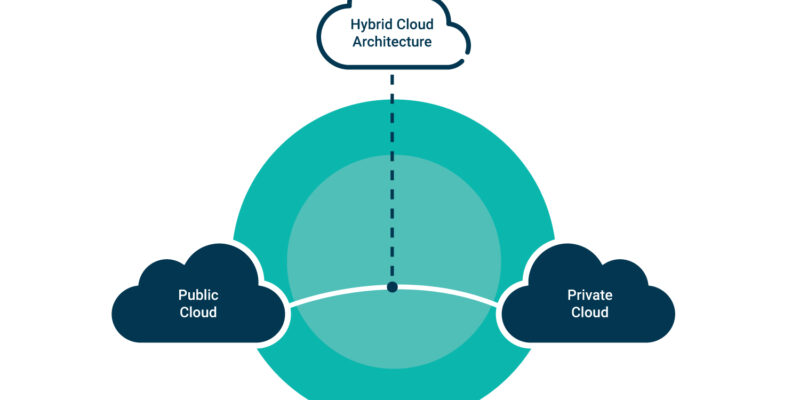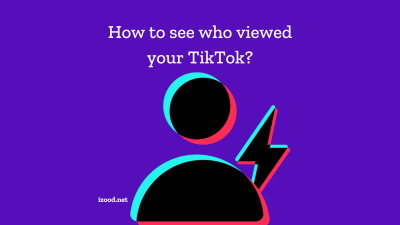
Using the right type of cloud services can help revolutionize and grow your business. The challenge here is that picking the best cloud architecture can be difficult. That’s why we are here to assist with information to help you find the right architecture to fit your needs. But how can you pick the right solution?
Types of cloud architecture patterns
- Distributed pattern
The main focus here is to identify the constraints you have in your applications and how that can lead to failure. You need to take into account latency, reliability and uptime, but also connectivity, cost and manageability.
- Tiered hybrid pattern
In this case, the architecture can include backend and frontend components. You can host these to operate from different environments. Having the framework with different technologies and other sub-frameworks is usually ideal in this situation.
- Partitioned multicloud pattern
This pattern is combining multiple environments which are operated by different providers. The idea here is that you have quite the flexibility to deploy apps in the right computing environment. You get more efficiency and a faster deployment process.
- Cloud bursting pattern
What makes this one of the best patterns for cloud architectures is the fact that it uses a redundant deployment of applications. The main focus is to boost resilience, capacity and even both if that becomes a possibility.
- Edge hybrid pattern
In this case, you are addressing challenges by handling all the business and time critical workloads locally. However, you are also using the cloud for a variety of other workloads. Keeping the critical tasks at the edge of the workload is extremely helpful, and it can save quite a bit of time.
- Environment hybrid pattern
When you use this approach, the idea is that you are maintaining the production environment as a part of a workload. The public cloud is where you do your testing and development. It’s a nifty way to keep the production in the data center, since it’s the fastest system.
- Business continuity hybrid and multicloud pattern
You want to use this pattern if you need to rely on redundant deployment of applications and you want to use multiple computing environments. Doing that is great because you deploy the same apps, while also boosting reliability. While this pattern can be tricky, it also involves safeguards like disaster recovery and making sure you always protect your data. In doing so, you eliminate a lot of potential issues, while streamlining the process as much as possible.
Conclusion
There are a multitude of different cloud architecture patterns you can use, each with its own pros and cons. However, depending on your production system and how you want to allocate your resources, some of these might be very efficient. It always makes sense to mix and match any of them and see which one delivers the best value. Not every company uses the same architecture patterns, and for a very good reason. You always want to implement and adapt everything, and in doing so the outcome can be exceptional!











